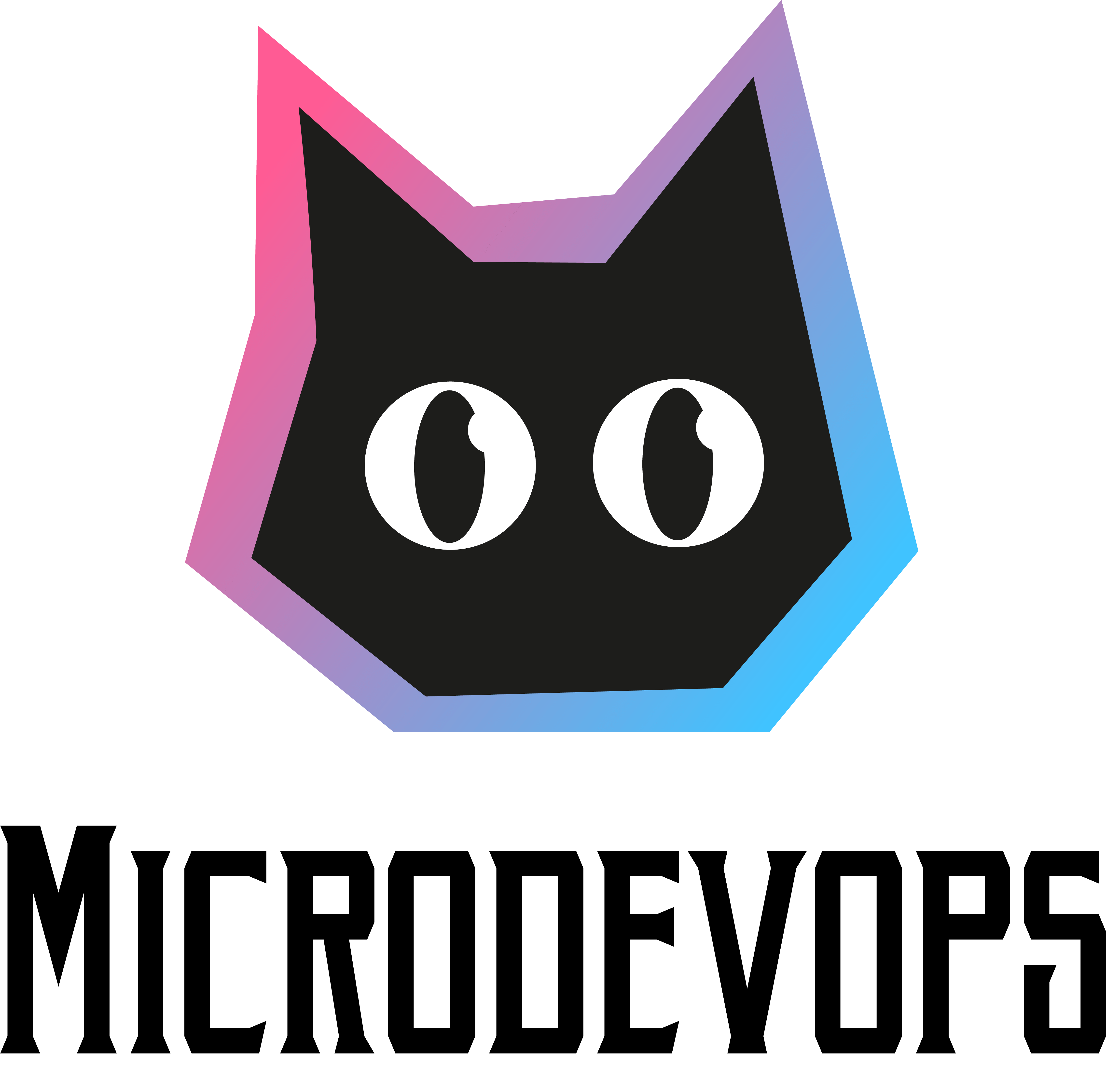Hey-hey, we are 7 years old already! Time flies :)) We’ve been trying to register our business on Google maps for more than a year, and finally – BD present )) we managed it! It turned out this option for entrepreneurs from Ukraine was blocked because of war.
We decided to give a try to use Google Ads to advertise our site. We, mostly engineers, do not understand marketing through Ads very well :), we were constantly told not to do Ads on our own, but we tried. We’ve got some interesting observations:
- Dealing with the Ads service itself and getting clicks on the site turned out to be much easier than expected. And it is quite possible to do it independently without the involvement of third-party organizations.
- The effectiveness of Ads for attracting clicks/impressions seems to be much higher than SEO. At least for our business.
- Setting up conversion reporting from the site (buttons, forms) in Ads is extremely difficult, Google’s documentation is obviously insufficient. Must have a good understanding of JS, WP. And Google Tag Manager is a separate universe altogether (we did without it).
- But forcing a potential client to click a button or send a form is already quite a difficult task and our content on the site is clearly lame, there are actually no conversions. We will create better landing pages.
But we are grateful to the existence of word-of-mouth marketing, thanks to which the business develops even without an active external search.
We registered the domain https://micrdevops.com.ua, mainly so that it is not registered by unkind people :). We also applied for trademark registration in Ukraine and the EU, the USA is next in line.
In our main backup utility rsnapshot_backup for a long time there was a shortcoming that local backups, including copying multi-gigabyte database dumps, were performed via ssh on localhost. This behavior has finally been changed and rsync of local backups is now performed without ssh, which is better in terms of performance.
We also added the ability to specify zero in the number of weekly, monthly backups to the same utility. Or even daily, if hourly backups are used. This is convenient if you need to store only, for example, daily backups.
We added installation of jitsi to the microdevops-formula.
The app was refactored, which made it possible to use acme web root flow to generate certificates.
Added the ability to describe pre_deploy_cmd and post_deploy_cmd in the app. And to describe symlinks in bootstrap.
Added the ability to switch certain jobs to be executed via salt-ssh instead of the minion in jobs running on servers in schedules for clients with a full salt-minion connection. As practice has shown, in infrastructures with hundreds and thousands of servers, the execution of jobs through salt-ssh works more stable than through a minion.
Added to our standard monitoring stack alerting about segfaults and core dumps occurring on servers, google.com ping errors – useful “bells” that something is going wrong on the server.
For our clients, we upgraded their gitlabs to version 16.2.
We received an interesting case with one of the new clients: the client used many virtual machines with an Admin panel, in which a vulnerability was found by hackers and malicious code was injected into the sites through it. Because of that these servers were blocked in Hetzner. When the client turned to us: we found a way to get the data from the servers, clean malicious injections and upload sites to a new separate dedicated server. Thus save the search reputation of these sites. Next, since our ideology of Infrastructure as Code is not compatible with any panels, but the client constantly and massively generates many sites, we implemented the Client – IaC connection for it. The client gives us a list and parameters of the sites to be created on its endpoint, and the deployment pipeline takes this list and deploys the sites (static, WordPress) on the server using IaC.

